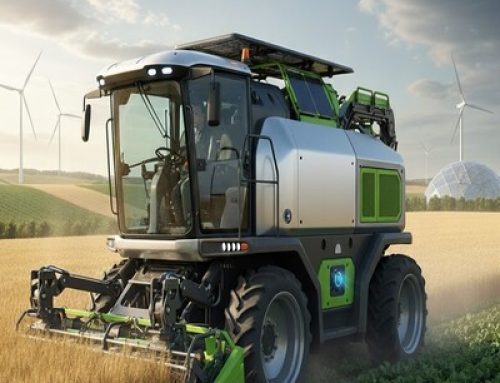by Henry Miller, Robert Wager, Genetic Literacy Project
The genetic modification, or genetic engineering (GE), of plants and animals by selection and breeding has been practiced by humans for more than 10,000 years. It’s called agriculture.
During the last half-century, newer, molecular GE techniques have been used to modify plants, animals, bacteria and other organisms. Scientists can move desired genes virtually at will from one organism into another, or alter genes with great precision but without introducing material from other organisms. (As discussed below, that latter point is not in any way a critical consideration.)
These newer techniques for genetic modification have created significant breakthroughs in medicine, such as the production of blockbuster drugs and techniques for human gene therapy to treat cancer and genetic diseases. And in agriculture, the benefits include more nutritious food; disease-, pest- and drought-resistant plants; less use of chemical pesticides; and higher yields that conserve water and reduce the land needed for farming.
During the last decade, “gene editing” technology via techniques like CRISPR (“clustered regularly interspaced short palindromic repeats”) further refined genetic engineering’s precision, compared to recombinant DNA technology, which has been around for a half-century. Adapted for use in the laboratory from naturally occurring genome editing systems found in bacteria, gene editing is quickly becoming the preferred method of breeding.
The U.S., Canada and 11 other nations, including Argentina, Australia and Brazil issued a joint statement (1) in 2018 supporting agricultural applications of precision biotechnology – that is, gene editing – asserting that governments should avoid arbitrary and unjustified distinctions between end products derived from precision biotechnology and similar end products obtained through other production methods.
That recommendation is derived from our basic understanding that the nature of an organism’s risk is a function of qualities such as toxicity, pathogenicity, and invasiveness, not the process, if any, of genetic modification. (Moreover, if there are differences, they derive from the fact that because the molecular techniques for genetic engineering are more precise and predictable, assessments of risk are easier and more – not less – reliable.)
In spite of these verities, the European Parliament is planning yet again to arbitrarily and illogically impose more stringent regulation on most products of gene editing. They have just proposed (2) a new law – i.e., regulations — for organisms commonly dubbed “new genetic technologies,” or NGTs:
The proposal covers plants that contain genetic material from the same plant (targeted mutagenesis) or from crossable plants (cisgenesis, including intragenesis); transgenic plants (which contain genetic material from non-crossable species) will remain subject to the GMO legislation as it stands today.
(GMOs are essentially synonymous with organisms modified with recombinant DNA technology.)
Bureaucrats like to invent new, meaningless pseudo-categories, in order to justify discriminatory treatment – in this case, excessive regulation.
They claim that the objective is to make the food system more sustainable and resilient by developing improved plant varieties that are climate-resilient, pest-resistant, higher-yielding, or that require less fertilizers and pesticides. But excessive regulation will not achieve that, and European politics and regulatory foot-dragging will ensure these objectives are not met.
The new proposal creates even more new, meaningless pseudo-categories that would be subject to disparate regulation – but we would emphasize that the various methods of modifications are distinctions without meaningful differences and are irrelevant to risk or risk-assessment.
To read the entire article click here.



